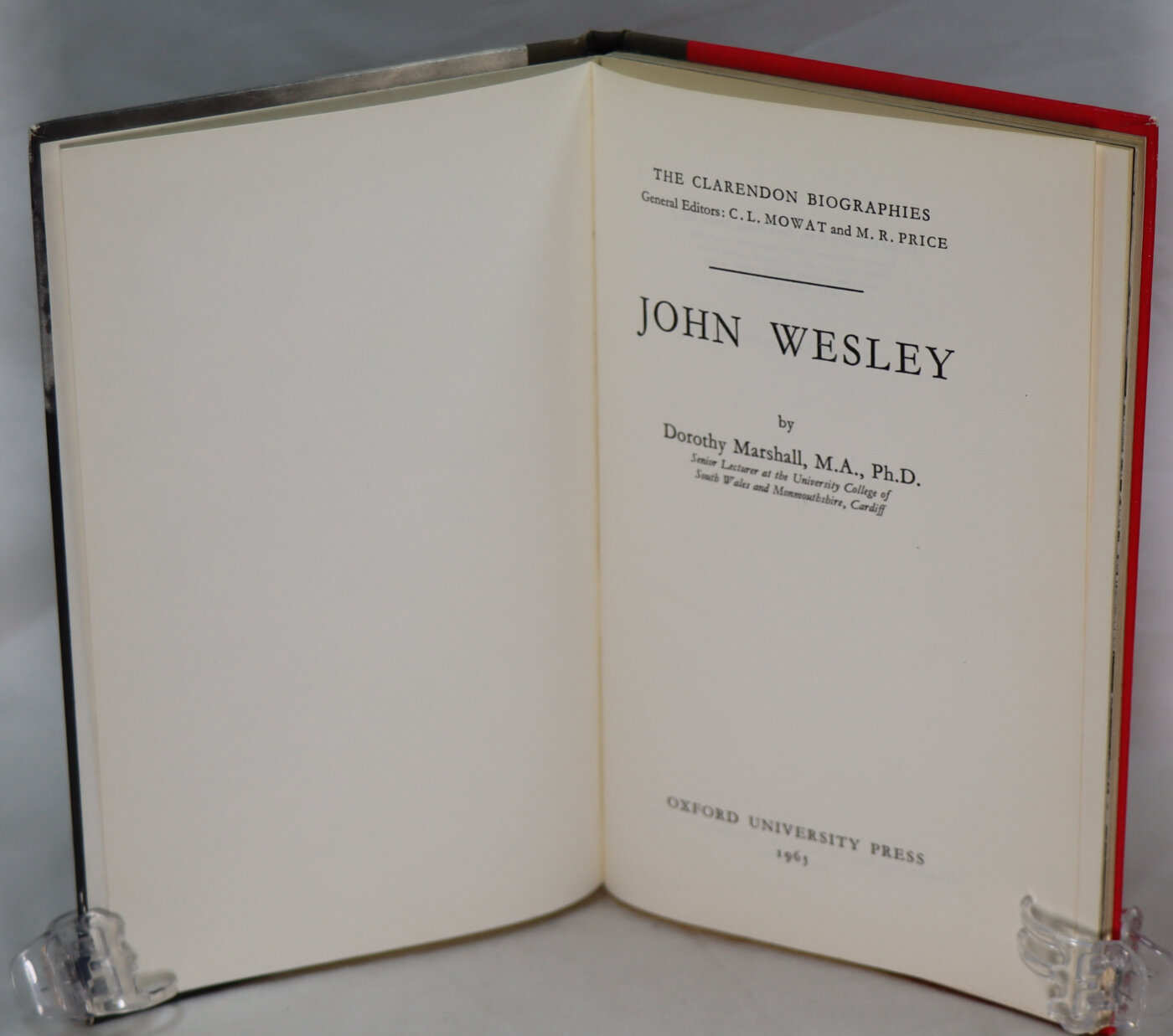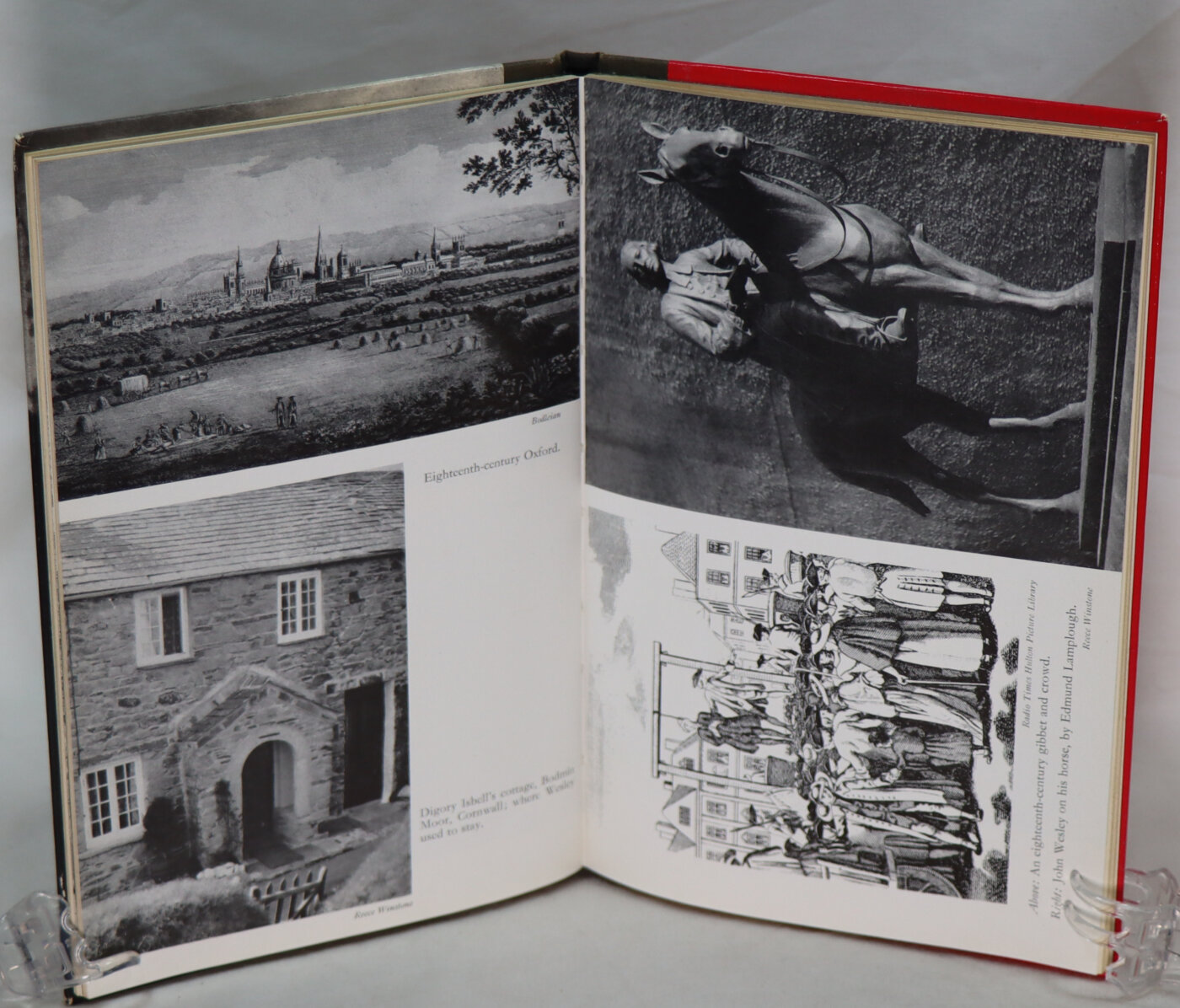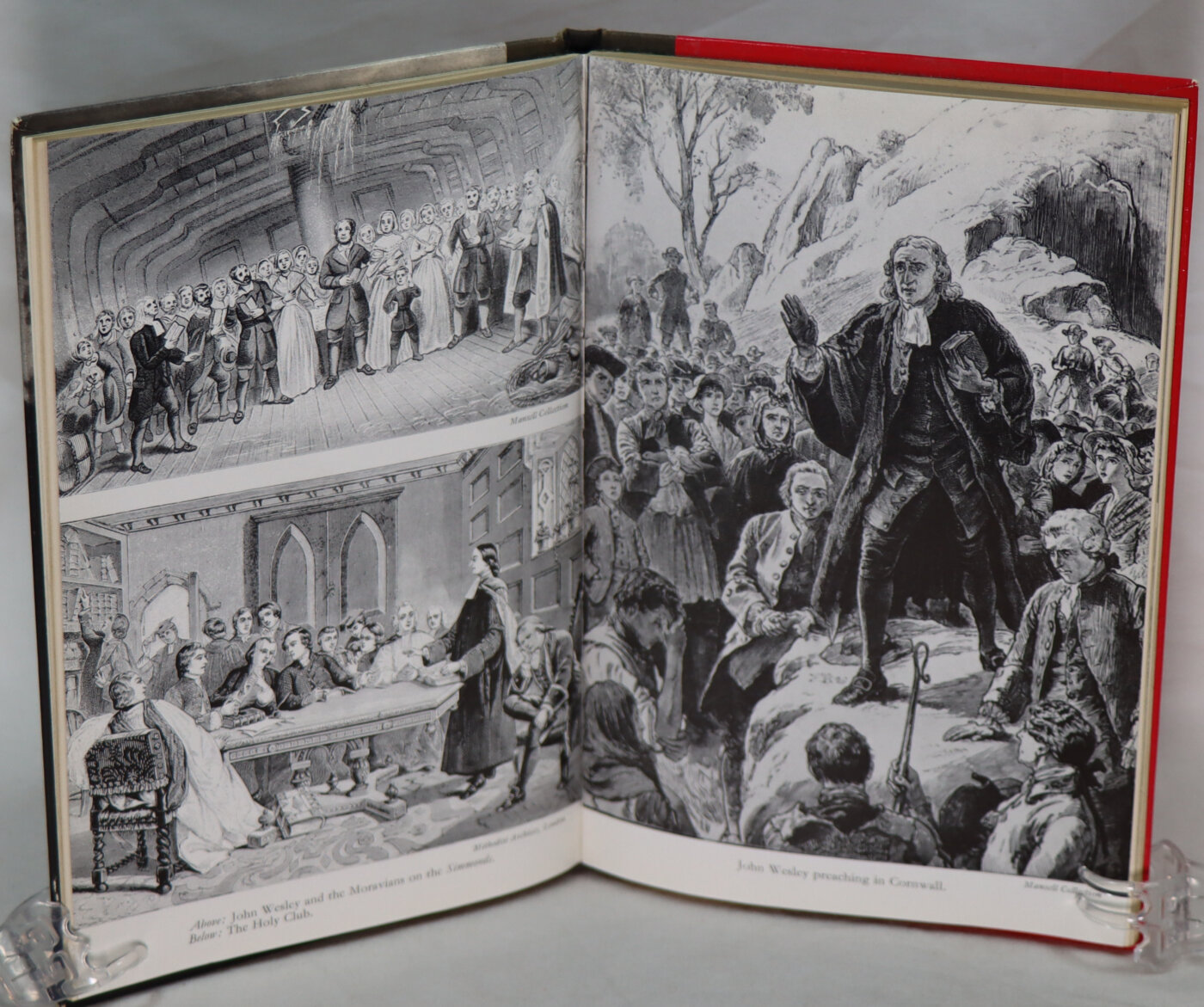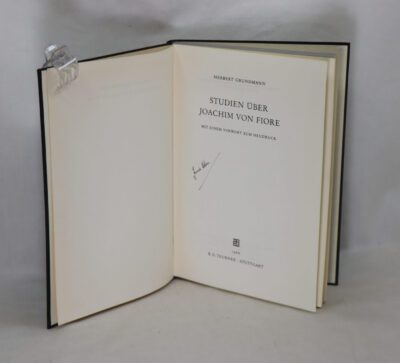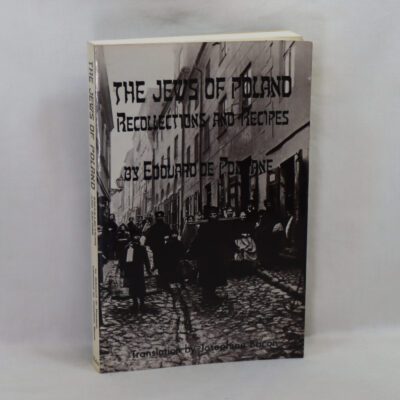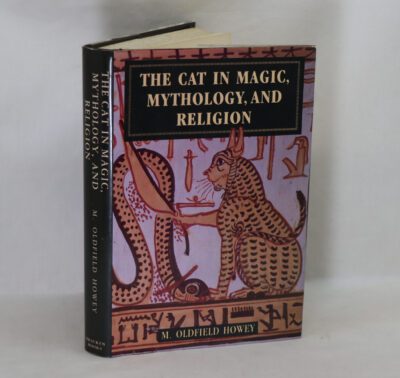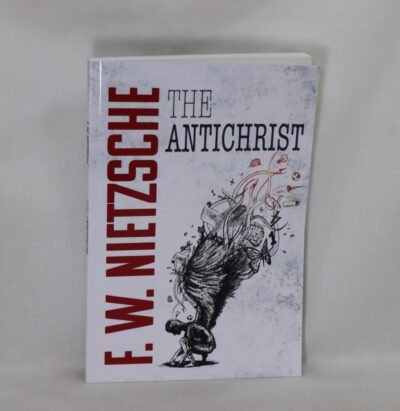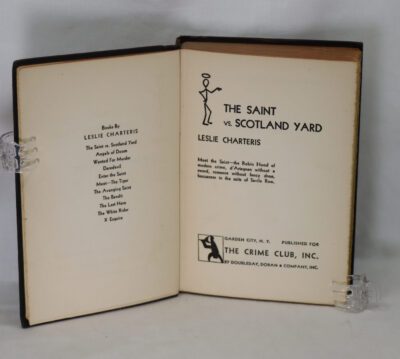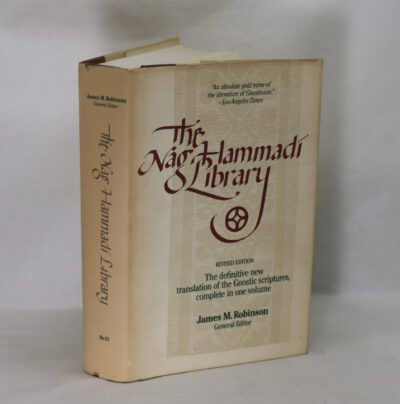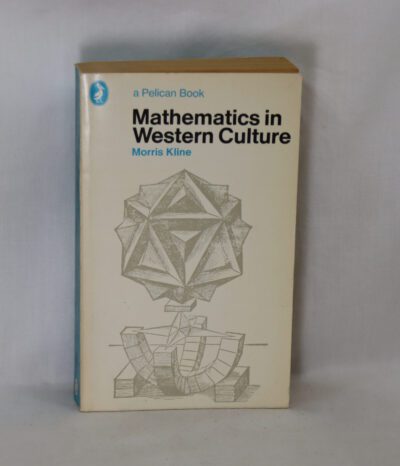John Wesley.
By Dorothy Marshall
Printed: 1965
Publisher: Oxford University Press.
| Dimensions | 14 × 20 × 1 cm |
|---|---|
| Language |
Language: English
Size (cminches): 14 x 20 x 1
Condition: Fine (See explanation of ratings)
Item information
Description
Grey cloth spine with red title. Image of John Wesley with red title on the front board.
- F.B.A. provides an in-depth photographic presentation of this item to stimulate your feeling and touch. More traditional book descriptions are immediately available.
- Note: This book carries the £5.00 discount to those that subscribe to the F.B.A. mailing list.
This ‘Clarendon biography’ written by Dorothy Marshall is in fine, almost new condition.
Dorothy Marshall (26 March 1900 – 13 February 1994) was an English social historian. She was educated at Preston grammar school and Girton College, Cambridge, where her tutor was Eileen Power. She researched her PhD at the London School of Economics. In 1926 it was published as The English Poor in the Eighteenth Century. Marshall worked at Bedford College, Durham University and finally Cardiff University, where one of her pupils was Roy Jenkins. In his memoirs, Jenkins wrote: “I think her teaching may have been crucial. I desperately needed coaching in the writing of Oxford-style history essays. Even she could not get me a scholarship, but with her help I secured in March 1938 my entry to Balliol”.
John Wesley (28 June 1703 – 2 March 1791) was an English cleric, theologian, and evangelist who was a leader of a revival movement within the Church of England known as Methodism. The societies he founded became the dominant form of the independent Methodist movement that continues to this day.
Educated at Charterhouse and Christ Church, Oxford, Wesley was elected a fellow of Lincoln College, Oxford, in 1726 and ordained as an Anglican priest two years later. At Oxford, he led the “Holy Club”, a society formed for the purpose of the study and the pursuit of a devout Christian life. After an unsuccessful two year ministry in Savannah, Georgia, he returned to London and joined a religious society led by Moravian Christians. On 24 May 1738, he experienced what has come to be called his evangelical conversion. He subsequently left the Moravians and began his own ministry.
A key step in the development of Wesley’s ministry was to travel widely and preach outdoors, embracing Arminian doctrines. Moving across Great Britain and Ireland, he helped form and organise small Christian groups (societies and classes) that developed intensive and personal accountability, discipleship, and religious instruction. He appointed itinerant, unordained evangelists—both women and men—to care for these groups of people. Under Wesley’s direction, Methodists became leaders in many social issues of the day, including the abolition of slavery and support for women preachers.
Although he was not a systematic theologian, Wesley argued for the notion of Christian perfection and against Calvinism. His evangelicalism, firmly grounded in sacramental theology, maintained that means of grace sometimes had a role in sanctification of the believer; however, he taught that it was by faith a believer was transformed into the likeness of Christ. He held that, in this life, Christians could achieve a state where the love of God “reigned supreme in their hearts”, giving them not only outward but inward holiness. Wesley’s teachings, collectively known as Wesleyan theology, continue to inform the doctrine of Methodist churches.
Throughout his life, Wesley remained within the established Church of England, insisting that the Methodist movement lay well within its tradition In his early ministry years, Wesley was barred from preaching in many parish churches and the Methodists were persecuted; he later became widely respected, and by the end of his life, was described as “the best-loved man in England”.
Condition notes
Want to know more about this item?
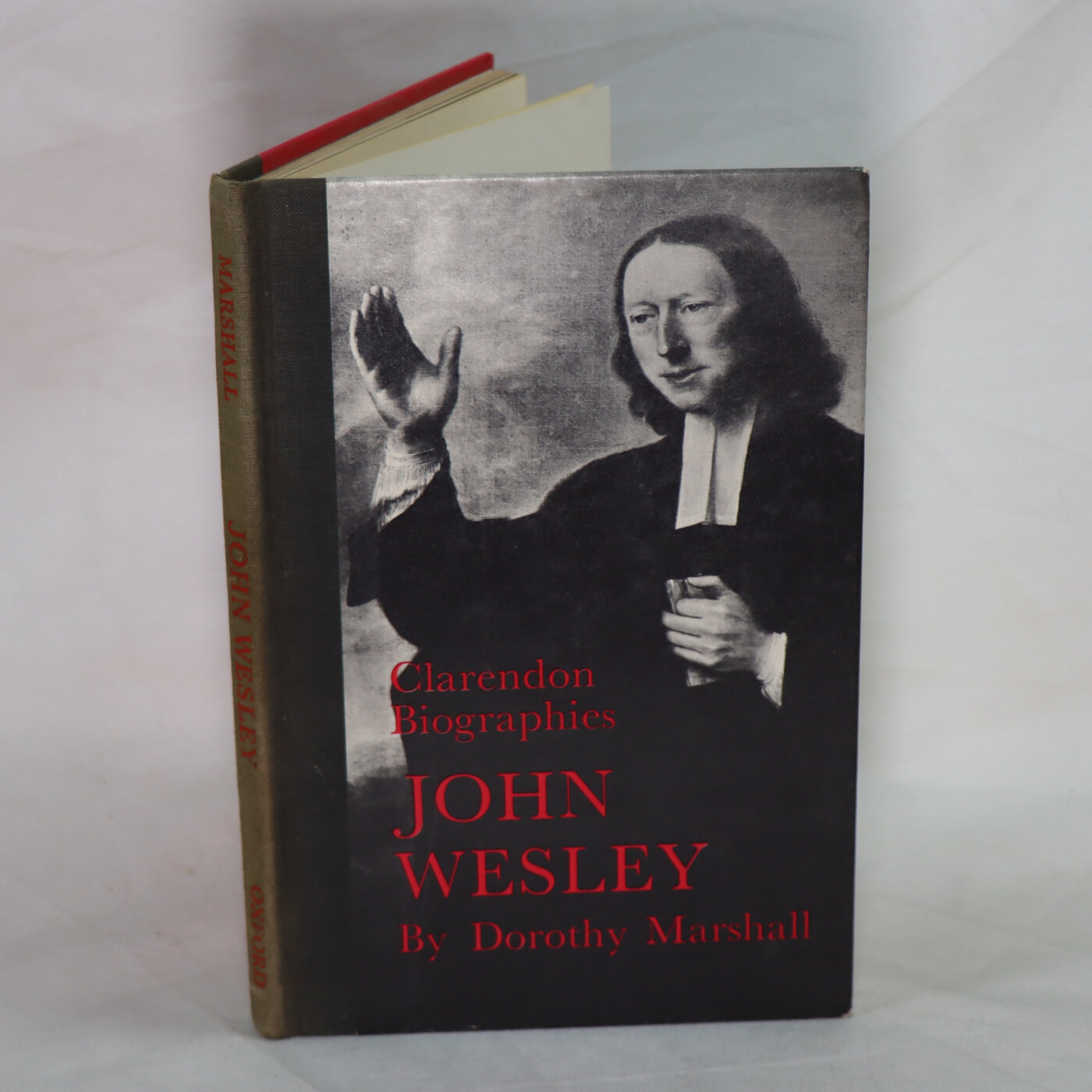
Share this Page with a friend

